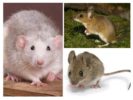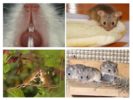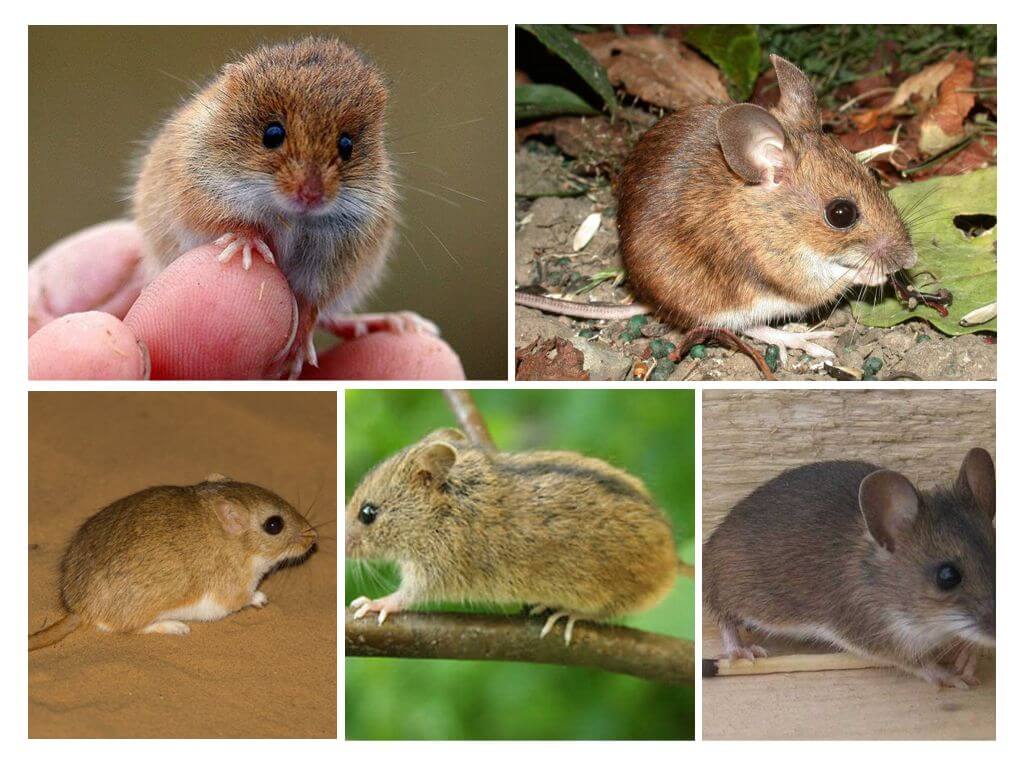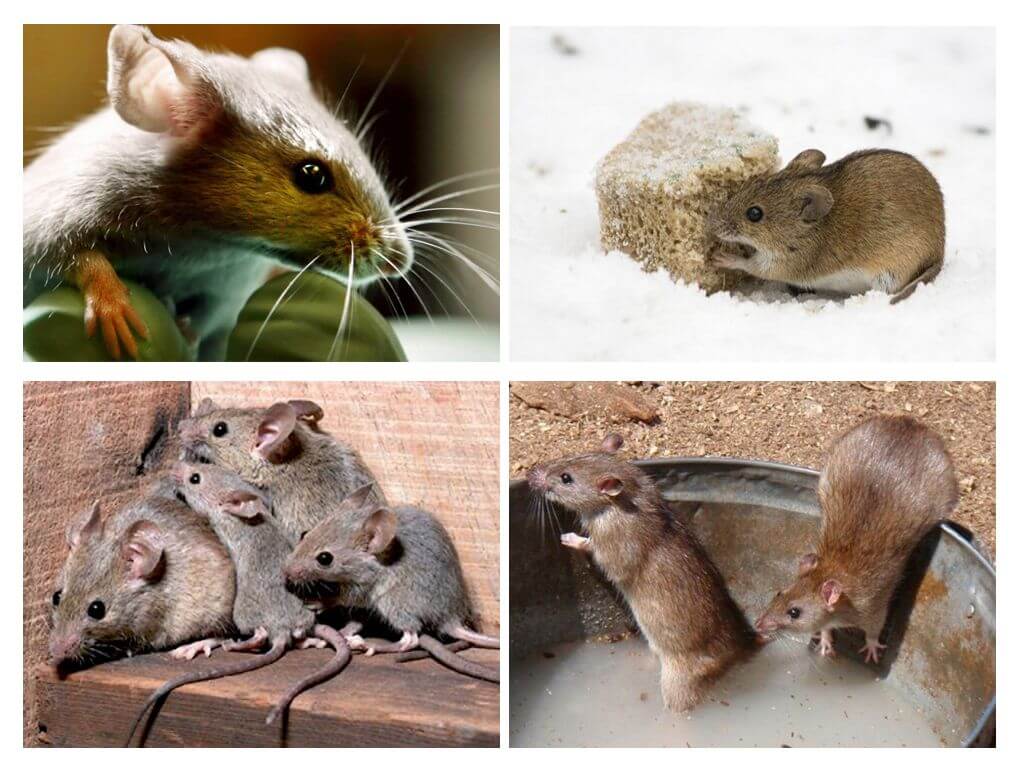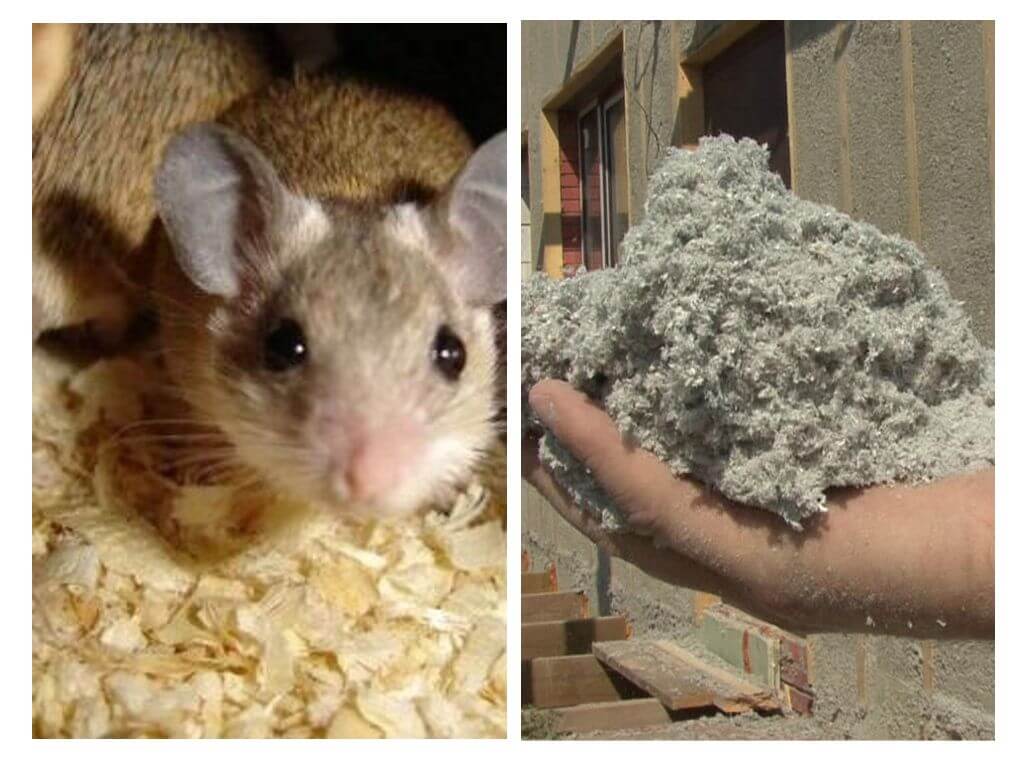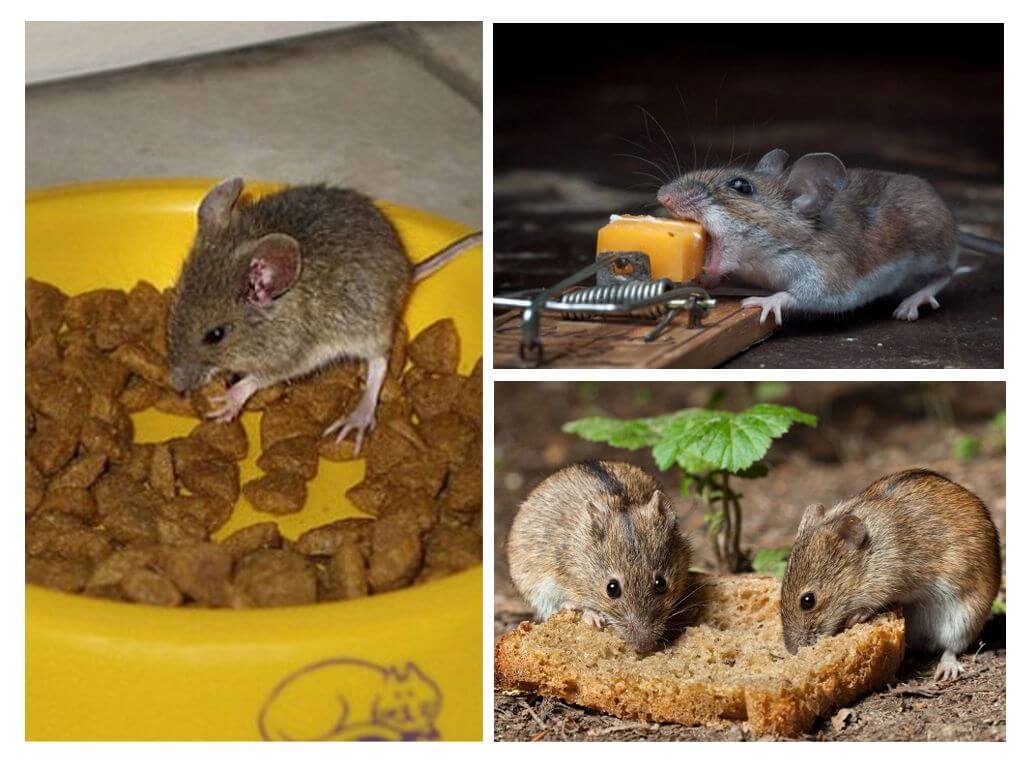- Mouse structure
- Mouse habitat
Rodent refers to the subfamily of murine, which includes rats. But the structure of the mouse is very different from the structure of its relative. The animal is smaller, without membranes between the fingers and has a longer tail.
Appearance
Mice are small mammals. The average body length of the animal is 10 cm. The largest animal grew up to 15 cm. The size of the mouse-crumbs reaches 7 cm.
The mouse muzzle has an elongated and slightly pointed shape. The ears of the mammal are large and rounded. Eyes are black. The tail is thin, reaches the length of the body. It is almost not covered with wool and has ring scales.
On a note!
Animals perfectly adapt to various living conditions, therefore mice distributed around the world.
Mouse coat is smooth and pleasant to the touch. The color of individuals living with us varies from gray to black and depends on mouse species. In the photo you can find rodents of sand or brown color. These animals live in deserts.
The fur coat helps the pest to hide from enemies, so its color is so different.
The front legs of the mice are shorter than the hind legs and have four fingers. The hind limbs have five fingers. Mice have tenacious claws at the ends of their fingers.
Sensory organs
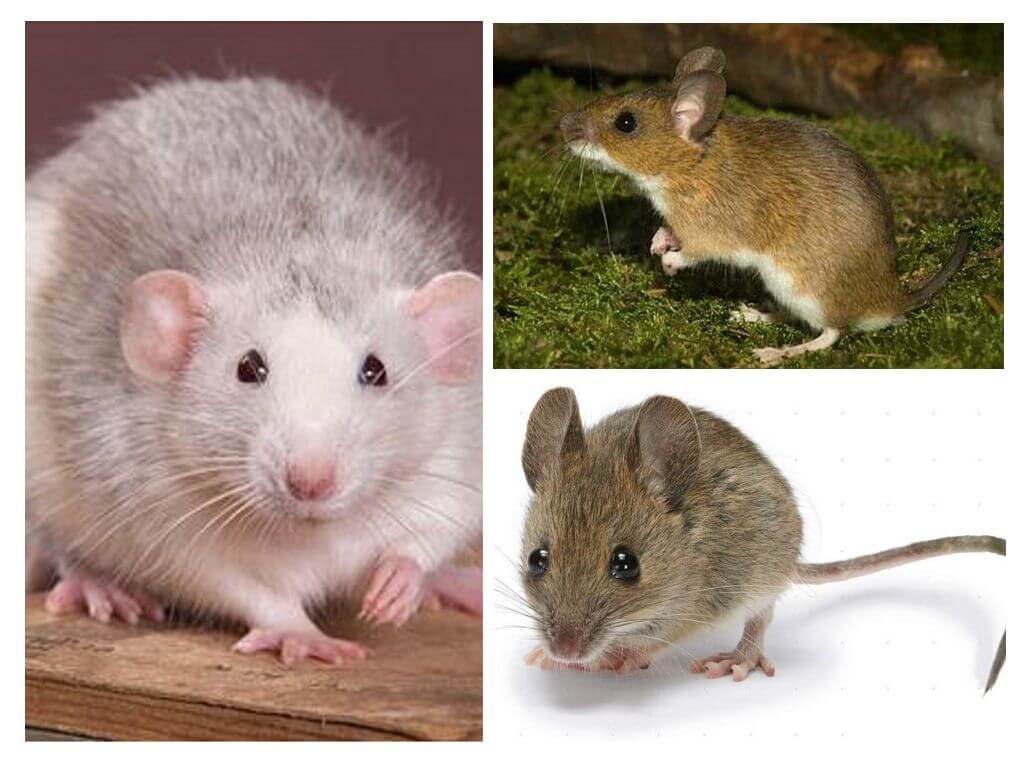
The sensory organs of domestic mice are not as developed as those of their wild relatives. Their vision is not sharp.
The structure of the senses has the following features:
- Spherical eyes. They do not respond to blue and green. The mice see yellow and red.
- Ears pick up high-pitched sounds.
- Oriented to smells. The nose helps to distinguish “your” from the enemy, find food, determine your location.
- At night, a mustache helps them navigate.
If the mouse is frightened, then its urine acquires a special smell, reporting the danger to the members of the pack. In this case, the animals begin to run away and seek shelter.
Interesting!
Female urine reacts to the urine of the females. Male urine affects all members of the family.
The limbs have special glands that secrete secretions. He is needed to mark his territory.
Skeleton structure
The skeleton of the mouse is flexible, but the skeletal system is strong.
The mouse skull is elongated, has eye sockets. In adults, five ridges are distinguished (places in which bones connect):
- frontal;
- lamb-like;
- coronary;
- parietal-temporal;
- sagittal.
The roof of the cerebral skull is formed by unpaired inter-dark and paired parietal bones. The vertebrae are attached to the paired occipital bone.
The mouse spine is divided into five sections:
- cervical;
- thoracic;
- lumbar;
- sacral;
- tail.
The cervical vertebrae in the mouse are seven. They form a short column. The thoracic section consists of thirteen vertebrae. The lumbar region includes two real and two false vertebrae forming the sacrum. The tail section is formed of twenty vertebrae. The halves of the pelvis are divided. Rodents have no pubic fusion.
Interesting!
The pubic bones of young females are connected by ligaments. As soon as she gives birth, the bones diverge. This feature helps pests to painlessly produce large numbers of large cubs.
The chest of the mouse is narrow. Some individuals do not have a key, which allows them to squeeze into the narrowest holes. The bones in mice are mobile and light.
Dental system

The structure of the teeth in the mouse has one interesting feature - its incisors have no roots, and therefore are constantly growing. The pest has to constantly nibble something, otherwise its incisors will grow and take an ugly shape.
Each jaw is equipped with two pairs of incisors, capable of growing one millimeter per day. Their front part is covered with durable enamel, which is not on the back. Because of this, the teeth of mice are erased unevenly. This feature makes the incisors sharp.
Interesting!
Mice cannot gnaw through metal. If the animal tries to do so, it will break the lower incisors. This will bite the bite - the upper incisors will be bent. The animal will not be able to eat and will die of hunger.
There are no fangs, but there are molars with which the rodent grinds food. The surface of some of them has tubercles. Between the molars and incisors is a diastema - a toothless area.
On a note!
The molars are also constantly growing, therefore, small branches of trees or special additives that can be ground can be present in the mouse diet.
Lifestyle
Pests behave actively all year round. But the body temperature of the mouse does not adapt well to sudden changes in the environment. Therefore, in winter, the animal prefers to settle near a person. So it provides itself with warm shelter. In cold weather, they need as much food as is required to maintain heat.
In nature, rodents prepare for the winter period and make provisions. House mice products do not store because they always have a power source. They devote more time to breeding and raising offspring. Wild individuals such as field and forest mice, in nature do not breed as actively as pets do.
Interesting!
Although the size of the mouse is small, it has the courage. The animal is able to attack a large animal if it cuts off its escape routes.
Pests are more active at night. But in the cold season, they are active even before sunset. Decorative animals adapt to the rhythm of human life - they become mobile during the day, and at night they try to relax.
Mice prefer to live in a group. It’s easier to find food and defend the territory. Conflicts in the family are regulated by the leader of the pack.
